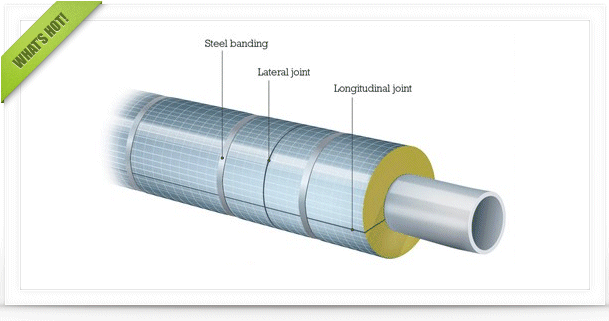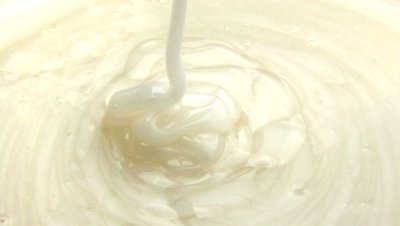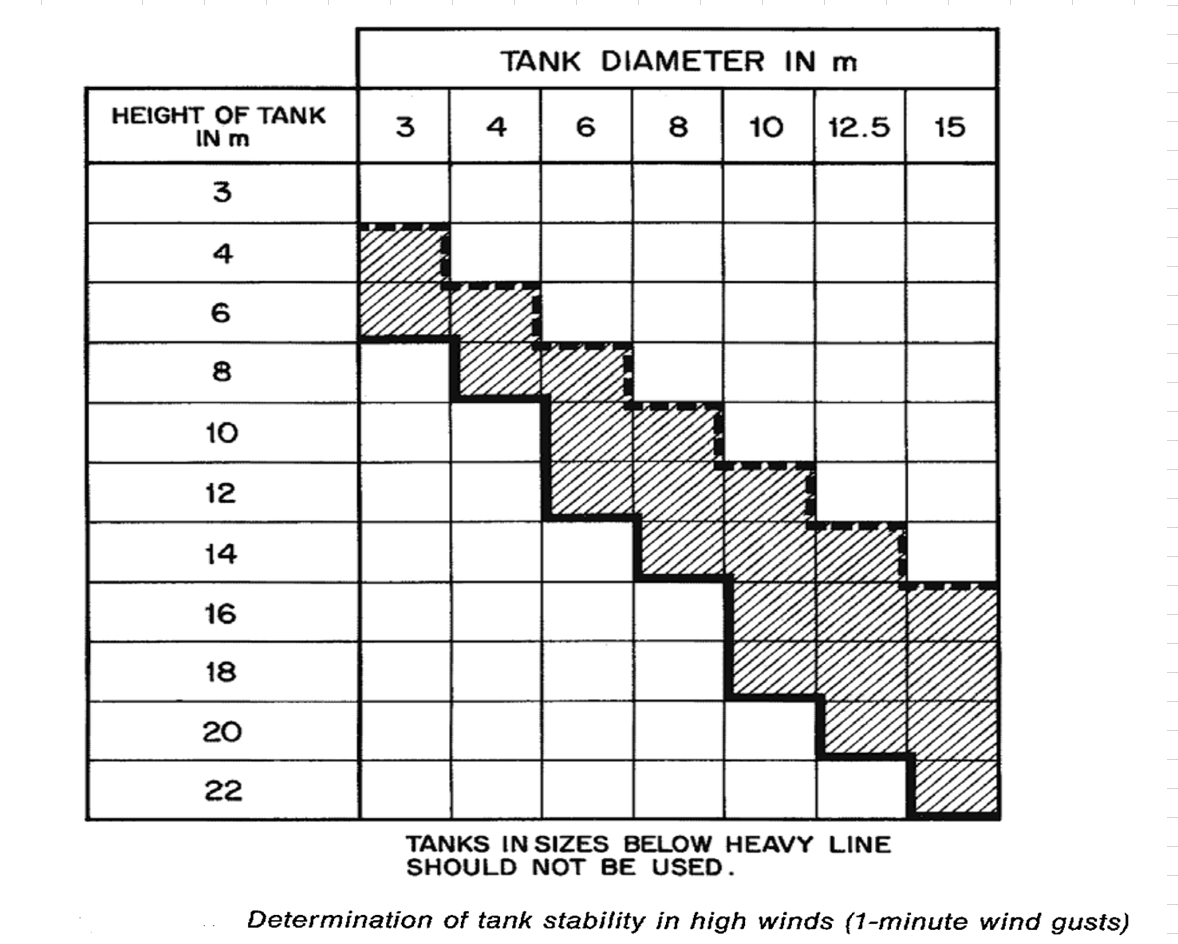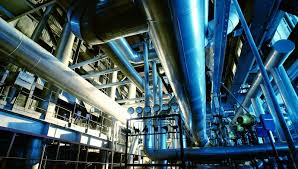To compress the gas released from 3 separators and stabilizer, we have four compressors ( LP, MP, HP and one for gas of stabilizer). We found in the discharge of these compressor two vessels for separating liquid and gas (Discharge scrubber and separator ) after after-cooler. we asked the consultant for the reason of adding two vessels they said because the flow from air cooler is two phase and it is not easy to select recycling valve. we think that there is no need to Two ( highlighted one in attached sketch should be cancelled in our point of view) . Only the vessel at the suction of every following stage is enough to eliminate and catch any liquid carryover from the upstream equipment and any condensation caused by cooling in the lines leading to the compressor. Please see attached for our case and the typical sketch.
Thank you in advance
https://we.tl/t-Cq86CsGbPP
Edited by Falah, 21 July 2024 - 12:00 PM.

 FB
FB














